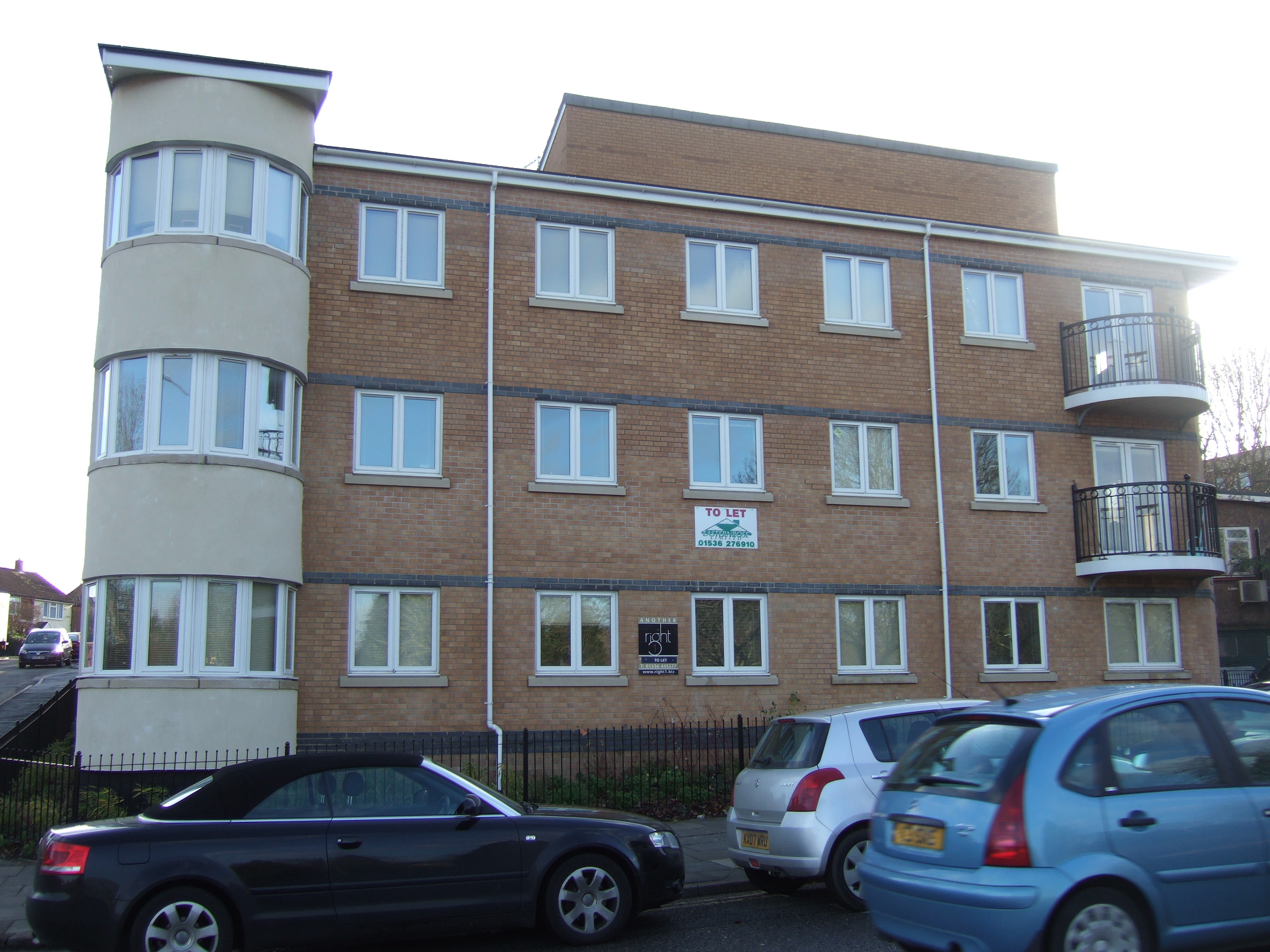
Jump to:
Summary of property price and market indices
City/town property price tracking
Demand, supply and transactions
This report is to help give everyone – industry and consumers – a quick five-minute guide to what’s happening in the property market, according to the property indices, along with property expert Kate Faulkner’s comments.
Here we go again – with the latest forecasts being published for the property market, the scare mongering headlines about property prices rising are being fed to consumers. Apparently, according to the Daily Mail, the rises will lead to people paying ‘£84,000’ more for a home.
Well, if there is anything to put off a first-time buyer saving or someone trading up or down, then that’s a very good reason – the main problem, of course, is that this increase is an average that won’t apply to many buyers and sellers, but may well put people off buying or even selling.
The problem with the information provided is that it only looks at price rises going forward over a short period of time, not the long-term trend. The Home.co.uk chart shows below that property prices have failed to keep up with inflation since 2021 and real property price growth has been negative. In fact, according to Home.co.uk:
“Comparing regional growth to CPI (24.5% over the last five years) suggests that only the three northern regions, Scotland and Wales have made small real gains”.
As a result, the reality is, if prices rise as forecast, they will actually be ‘catching up’ with inflation – which they tend to track over time.
According to Land Registry data, on average, prices rise around 3% per annum in most areas and have done back as far as 2005. So the real headline is ‘prices continue to keep pace with inflation’ – but I suppose that doesn’t sell newspapers or secure clicks online!
And, to back this up further, data for this year in our Property Price Index table shows that they have been fairly stable not just in the last three months, but going as far back as April this year.
So all in all, data on property prices from the current, past and future forecast all suggest it’s still a pretty good time for people to buy and sell.
Of course, it will be different for different properties in different areas and that’s why it’s so important buyers and sellers base their property decisions on local information rather than national data which can, unfortunately, reduce buyer and seller activity.
The table below shows that the UK is seeing property price rises across each country, with England showing the lowest rise – essentially matching inflation and tracking below the average annual rise of 3.6% since 2005.
When you look at Scotland and Northern Ireland, they are clearly performing better than the both England and Scotland, and indeed better than their long term annual averages.
However, put in context, part of the reason for these rises is that people can afford to pay a bit more, because long term, as you can see, Northern Ireland prices are still 18% lower than they were in the last recession, and although Scotland is seeing a rise of 37%, that’s still below Wales’s rise of 48% and England’s rise of 59%.
For Scotland, Wales, and Northern Ireland we monitor:
Local expertise for each country though is essential when looking at how the property market is performing. This is especially the case in the likes of Scotland and Wales where areas are as diverse as the English Regions.
Summary from the indices of the Welsh housing market
A gradual market recovery
“The average price of a home sold in Wales has dropped to £232,430 in the third quarter of 2024, dropping by 1.7%, which is still –2.9% below the year-earlier level and almost 7% below its peak of £249,000 at the end of 2022. The majority of local authorities have reported drops for this quarter, though there are pockets of increases which should not be overlooked.
“Merthyr Tydfil appears to have turned a corner with a 9.1% hike since the second quarter, following an earlier period of significant annual falls, followed by Wrexham with a 5.3% increase.
“While the raw data suggests that the market trend at a local level could be directionless, there are other positive contributing factors which should not be ignored. There were around 11,200 transactions in Wales in the third quarter, 18% more than in the second quarter and 11% up on the same period a year ago. This supports the recovery in property sales which began in the second quarter of this year, following a period of steady decline. For two years, cost-of-living pressures and higher interest rates had significantly reduced demand and slowed activity across most of the UK, including Wales.”
“House prices in Wales also recorded strong growth, up +5.6%, compared to the previous year, with properties now costing an average of £225,543.”
Summary from the indices of the Northern Ireland housing market
“Northern Ireland continues to record the strongest property price growth of any nation or region in the UK, rising by +10.2% on an annual basis in October. The average price of a property in Northern Ireland is now £204,242.”
Summary from the indices of the Scottish housing market
“Once again Scotland saw a more modest rise in house prices, where a typical property now costs £206,480, +1.9% more than the year before.”
Modest recovery lifts prices to new highs
“Prices in August picked up by more than £2,000 (0.9%) compared with July. The increase took average prices to £226,600 – a fresh market peak for the fourth time since the Spring of 2024. That said, this is a modest recovery so far, with prices up by only 2.5% year-on-year.
“Reflecting these more up-beat market conditions, eighteen local authority areas recorded rising prices in the month. Prices in six local authorities – all in the central belt of Scotland - hit new market highs. East Renfrewshire mimicked West Lothian to post back-to-back fresh price peaks. Several other authorities including Edinburgh also came within touching distance of prices which would set new record highs.”
Regional data from our indices suggests that slowly but surely, we are seeing a change towards positive price growth year on year, but it’s still very marginal, except areas such as the North and Yorkshire and Humber where affordability isn’t as tough as other areas.
For regional performance by indices - download the full version of the November 2024 report here
At the city level, we have two main sources of data: Hometrack, which is around six weeks into the home buying and selling process, and the Land Registry data, which is anything from a few months to six months or more out of date.
How are city property prices performing year on year?
Of our 30 cities, we are seeing only eight that are still recording falls, according to the Land Registry, whereas a slightly more updated picture from Zoopla shows four towns.
How are city property prices performing versus inflation over the long term?
Out of the 30 cities we track via the Land Registry, since 2005, property prices have only risen above the average annual 3.8% inflation rate in seven cities/towns. These are:
The remaining towns and cities we track show that property prices, in many areas, have risen at less than inflation.
The following towns and cities’ price growth ‘on average’ are performing below inflation:
Topping the price growth charts according to Land Registry and Hometrack:-
Lowest performers are:
The latest data on supply and demand is looking fabulous! Not something I’ve been able to say for a while! As the super data from Chris and TwentyEA shows, listings are good and are turning into healthy transaction numbers. And, although it’s busy, home moving services are hopefully not under quite as much pressure as they were in 2021.
Source: Chris Watkin and TwentyEA
What’s incredible about these numbers is that we are seeing the second best year to 2021, despite the fact that for most, property prices aren’t rising rapidly and rates haven’t actually fallen that much – now at 4.75% versus a high of 5.25%.
It shows that, although we will always see ‘booms and busts’ the property market is able to survive pretty shocking economic issues that in the past would have substantially reduced transactions and prices.
Here’s a summary of the latest supply and demand data from each of the indices:
Zoopla
Sales pipeline largest for 4 years & up 30% on last year
“The sustained growth in new sales over the year has led to the largest sales pipeline for 4 years. We estimate that there are currently 306,000 homes with a sale agreed, which are working their way through the buying process towards completion. In number terms, this is 62,000 (or 26%) higher than a year ago.
“The total sales value of homes in the pipeline is £113bn. This is 30% higher than this time last year, when a spike in mortgage rates hit buyer demand, reducing the number of sales agreed over 2023 H2.
“The momentum in new sales looks set to continue into December. Many recent sales will turn into as sales completions in H1 2025.”
First-time buyers - the largest buyer group in 2024
“The growth in sales is being driven by a combination of first-time buyers (FTBs) and existing homeowners who delayed their moving decisions until borrowing costs fell and the outlook improved.
“FTBs are on track to be the biggest buyer cohort in 2024, accounting for 36% of all sales. This is followed by existing homeowners buying with a mortgage (31%), comprising both upsizers and those relocating.
“Cash buyers are on track to account for 27% of sales – a mix of homeowners who have paid off mortgages and some mortgage free investors. Landlords buying homes with buy-to-let mortgages are set to account for 7% of purchases, with their volumes hit by higher mortgage rates.
“The rapid growth in rents and the decline in mortgage rates have shifted the renting vs buying dynamics and supported more FTB purchases. The average mortgage repayments for a typical UK first-time buyer home are 17% cheaper than renting, compared to a difference of just 2% a year ago, when mortgage rates were higher.”
Rightmove
“The latest snapshot of sales activity shows that the number of sales being agreed is now 29% ahead of the same period last year. Therefore, sales activity has not only bounced back from the low of last year but has continued on an upward trajectory. There is also a healthy level of underlying buyer demand as people continue to plan their next move. The number of people contacting agents about homes for sale is up by 17% compared with this time last year.
“However, despite this strong housing market activity, the number of new properties coming to the market, and the time they are taking to sell are both increasing, resulting in an increase in available homes for sale. This reflects that some aspiring buyers are still priced out of the market. The number of available homes for sale is 12% higher than at this time last year, but also the average number of homes for sale per estate agent branch is at its highest since 2014.
Competition for buyers is particularly intense at the top-end of the market, where the number of four-bedroom detached houses and five-bedroom-plus homes available for sale is 17% ahead of last year. It’s a buyer’s market, reinforcing the need for sellers to price competitively while affordability is stretched and choice is high.”
|
How to get started in property |
Ways to speed up buying & |
Is your property market a buyer's or |
 |
 |
 |